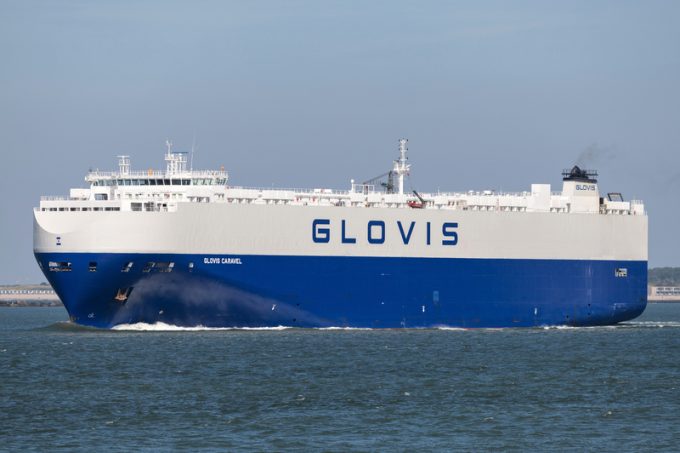Cars-in-containers innovation boosts ro-ro capacity for DP World
With China’s domestic ro-ro capacity unable to match the deluge of its car exports, DP ...

Hyundai Glovis, the automaker’s logistics unit, is planning to build the largest pure car and truck carriers (PCTCs) in the world.
On Thursday, it unveiled plans to spend $1.84bn on a dozen LNG-fuelled, 10,800-car unit-capacity vessels, expected to be delivered in 2027 and in service for 20 years.
The ships will be focused on carrying compact cars and will be the first to be able to accommodate at least 10,000 per voyage.
Glovis said: “We want to have a stable fleet in the ...
'Disastrous' DSV-Schenker merger would 'disrupt European haulage market'
New senior management for DSV as it readies for DB Schenker takeover
Volumes set to 'fall off a cliff' as US firms hit the brakes on sourcing and bookings
Asian exporters scramble for ships and boxes to beat 90-day tariff pause
Amazon pushes into LTL for small package fulfilment and UPS does a u-turn
Temporary tariff relief brings on early transpacific peak season
Pre-tariff rush of goods from US to China sees air rates soar, but not for long
Forwarders 'allowing the fox into the chicken run' by supporting 'hungry' carriers

Comment on this article